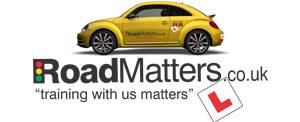Show Me Tell Me
DSA Show Me Tell Me Questions and Answers
- Q: Show me how you would check that the direction indicators are working.A: Switch on the the indicators or hazard warning lights and check functioning of all indicators by walking around the vehicle. Most cars will have 2 lights at the side, 2 at the front, and 2 at the rear.
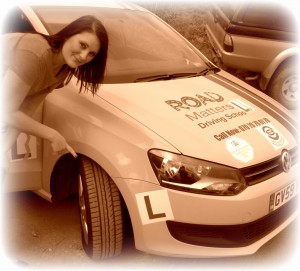
- Q: Tell me how you would check that the brakes are working before starting a journey.A: Brakes should not feel spongy or slack. The brakes should be tested as you set off and the vehicle should not pull to one side.
- Q: Identify where the windscreen washer reservoir is and tell me how you would check the windscreen washer level.A: Under the bonnet, point to the reservoir and explain how to check the level.
- Q: Show me how you would check that the brake lights are working on this car. (The examiner will assist you if you need to switch the ignition on. Don’t start the engine yourself.)A: Operate the brake pedal to see the lights working. The Examiner will help by checking the lights are working
- Q: Show me / explain how you would check that the power assisted steering is working before starting a journey.A: Explain that if the steering feels heavy it may not be working properly. Before starting a journey two simple checks can be made. Gentle pressure on the steering wheel, maintained while the engine is started, should result in a slight but noticeable movement as the system begins to operate. Alternatively turning the steering wheel just after moving off will give an immediate indication that the power assistance is functioning properly as the steering will feel light.
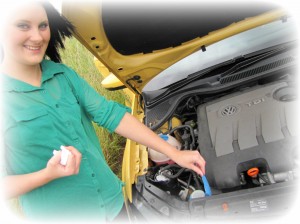
- Q: Tell me where you would find the information for the recommended tyre pressures for this car and how tyre pressures should be checked.A: Check for the correct pressure in the manufacturer’s guide; use a reliable pressure gauge; check and adjust pressures when tyres are cold including spare tyre; and remember to refit valve caps.
- Q: Show me how you would check the parking brake (handbrake) for excessive wear. Make sure you keep safe control of the vehicle.A: Demonstrate by applying parking brake. When it’s fully applied it secures itself, and is not at the end of the working travel.
- Q: Open the bonnet, identify where you would check the engine oil level and tell me how you would check that the engine has sufficient oil.A: Point to dipstick oil level indicator then tell the examiner how to check the oil level against the minimum and maximum markers. (You will not be required to pull out the dipstick.)
- Q: Open the bonnet, identify where you would check the engine coolant level and tell me how you would check that the engine has the correct level.A: Point to the min and max level markings on header tank where fitted or radiator filler cap, and describe how to top up to correct level. (Never remove the cap when the engine is hot as you risk being scalded.)
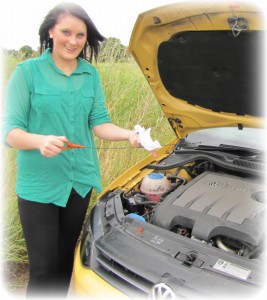
- Q: Tell me how you make sure your head restraint is correctly adjusted so it provides the best protection in the event of a crash.A: The head restraint should be adjusted so the rigid part of the head restraint is at least as high as the eye or top of the ears, and as close to the back of the head as is comfortable.
- Q: Open the bonnet, identify where the brake fluid reservoir is and tell me how you would check that you have a safe level of hydraulic brake fluid.A: Identify the reservoir, check level against minimum and maximum markings.
- Q: Tell me how you would check the tyres to ensure that they have sufficient tread depth and that their general condition is safe to use on the road.A: There should be no cuts and bulges in the wall of the tyre, and there should be at least 1.6mm of tread depth across the central ¾ of the breadth of the tyre and around the entire outer circumference.
- Q: Show me how you would check that the horn is working (off road only).A: Check is carried out by sounding the horn (turn on ignition if necessary).
- Q: Show me how you would clean the windscreen using the windscreen washer and wipers.A: Operate the control to wash and wipe windscreen (turn ignition on if necessary).
- Q: Tell me how you would check that the headlights & taillights are working. (No need to exit the vehicle, as this is a ‘tell me.’)A: Explain how to turn on the lights by operating the switch (most vehicles need the ignition to be turned on.)
- Q: Show me how you would set the demister controls to clear all the windows effectively, this should include both front and rear screens.A: Operate the front and rear demister switches
- Q: Show me how you would switch on the rear fog light(s) and explain when you would use it/them. (No need to exit vehicle.)A: Operate the fog light switch (turn on dipped headlights and ignition if necessary). Check warning light is on showing that the fog lights are on. Explain when you would use them.
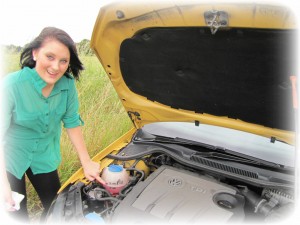
- Q: Show me how you switch your headlight from dipped to main beam and explain how you would know the main beam is on whilst inside the car.A: Operate the switch (with ignition or engine on if necessary), identify the blue warning light which shows when main beam is on. Be careful not to distract other road users
- Q: Tell me how you would know if there was a problem with your anti-lock braking system.A: Point to the warning light on the instrument panel and explain that it will illuminate permanently in the event of a problem with the anti-lock braking system.
